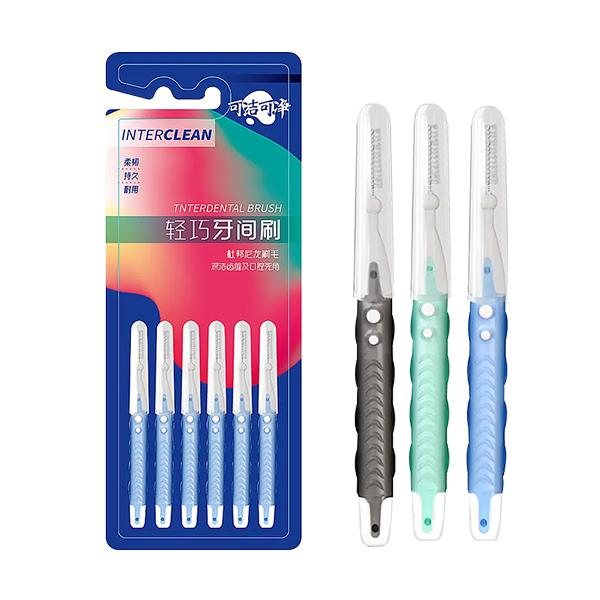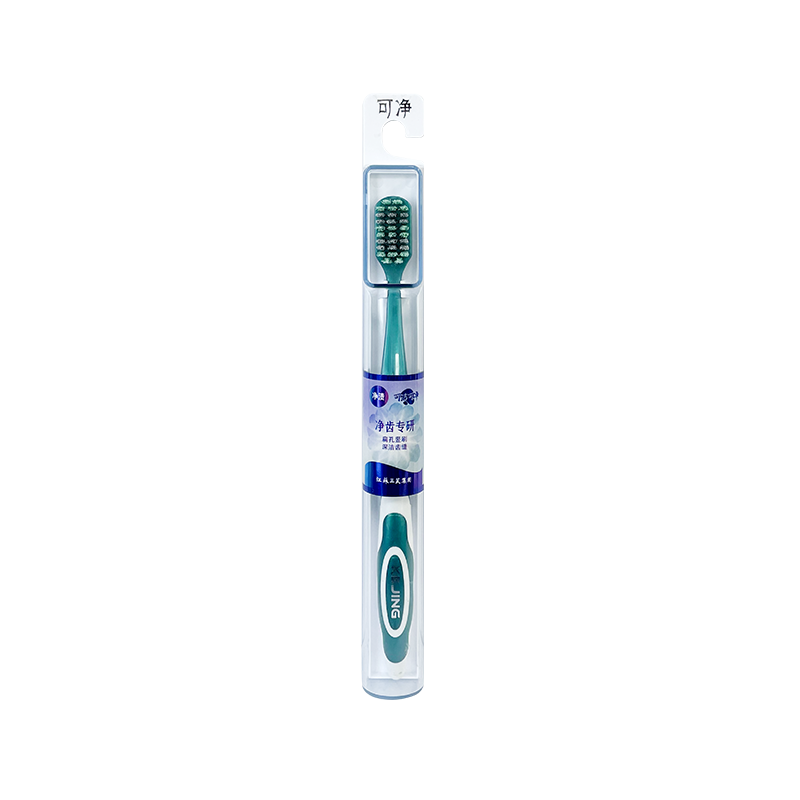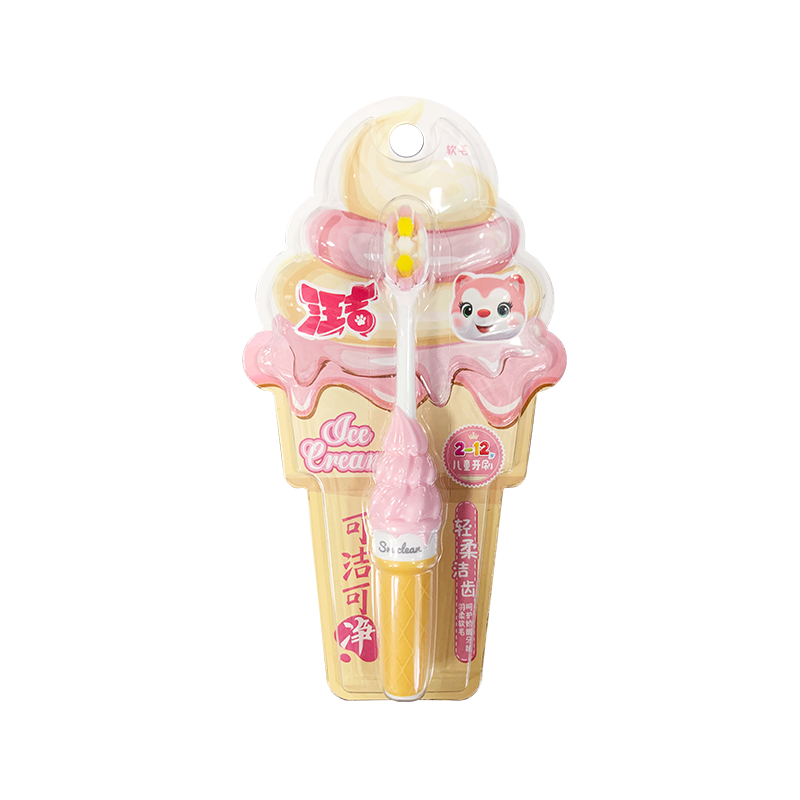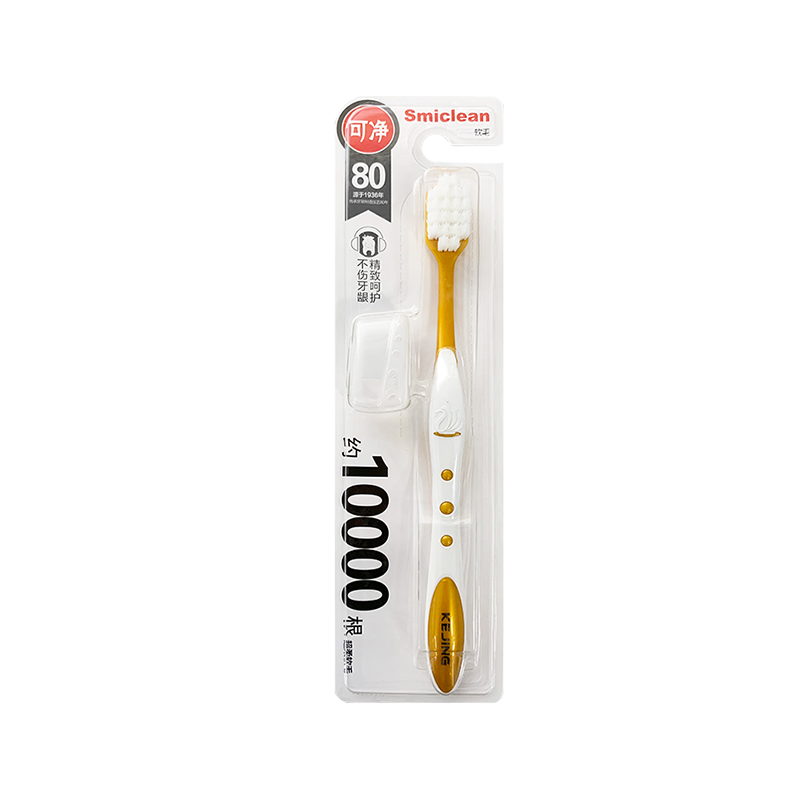Can interdental brushes replace dental floss? Is it better to use them together?
In modern oral care, in addition to daily brushing, cleaning the gaps between teeth is also receiving more and more attention. Dental floss and interdental brushes are the two most common interdental cleaning tools, but many people wonder: Can interdental brushes completely replace dental floss? Do they need to be used together?
1. The difference between dental floss and interdental brushes
Dental floss is made of thin and flexible nylon or polytetrafluoroethylene material, which can easily slide into tight gaps between teeth to remove food residues and soft plaque that toothbrushes cannot reach. It is suitable for most people with closely arranged teeth, especially in the front teeth area.
Interdental brushes are like mini brushes with metal or plastic brush cores covered with soft bristles. They are used to clean larger gaps between teeth or special areas such as bridges, braces, and implants. There are many types of interdental brushes, and the diameter of the brush head ranges from 0.6mm to more than 1.5mm, which is suitable for people with wider gaps between teeth or gum recession.
2. Can interdental brushes completely replace dental floss?
The answer is: it varies from person to person and cannot be generalized.
For people with large interdental gaps, gum recession, periodontal disease history, braces, dental implants, or dentures, interdental brushes are better than dental floss in cleaning. Because the bristles can contact a larger area of the tooth surface, it is more effective to remove dental plaque.
However, for people with closely arranged teeth and narrow interdental gaps, interdental brushes may be difficult to enter, and even forced use may hurt the gums. At this time, dental floss is still the tool of choice.
3. Dental floss + interdental brush, combined use is better
For people with complex oral structures or multiple cleaning needs, dental floss and interdental brushes are better. For example:
Use dental floss to clean the tight gaps between the front teeth;
Use an interdental brush to clean the wider gaps between the back teeth;
For braces or implants, interdental brushes can more thoroughly remove dental plaque;
For patients with periodontal disease, interdental brushes are more likely to go deep into the gum margins for cleaning.
Some dentists recommend using dental floss or an interdental brush at least once a day, preferably after meals. The key to choosing which tool to use is to choose the right size and type under the guidance of a dentist or oral hygienist.
4. How to use interdental cleaning tools scientifically?
When using dental floss, be gentle to avoid pulling the gums;
When using an interdental brush, do not force it into the teeth, and choose a size that can just go in and out easily;
All interdental tools should be cleaned and stored dry after use to prevent bacterial growth;
It is recommended to replace interdental brushes every week, or replace them according to the recommended frequency in the instructions.
Interdental brushes cannot completely replace dental floss, but in certain populations, their cleaning effect is better. For most people, the combination of dental floss and interdental brushes is the ideal way to improve oral health. Regular teeth cleaning, regular follow-up visits, and scientific use of interdental cleaning tools can truly achieve comprehensive oral care.

 English
English русский
русский Español
Español




